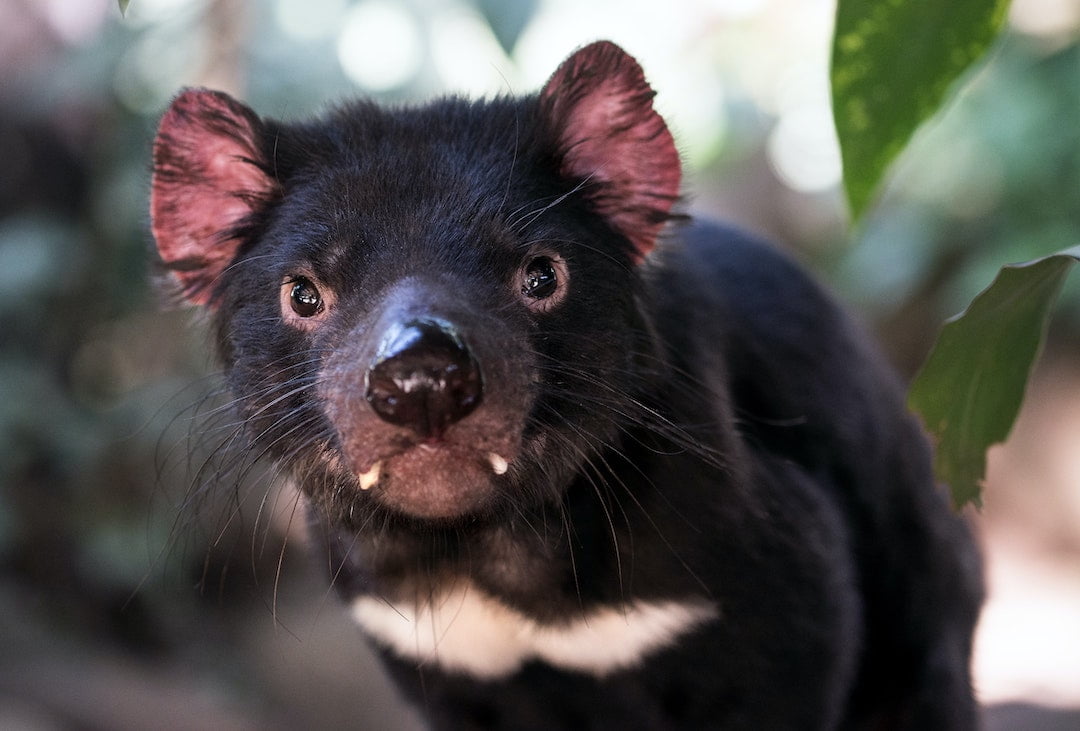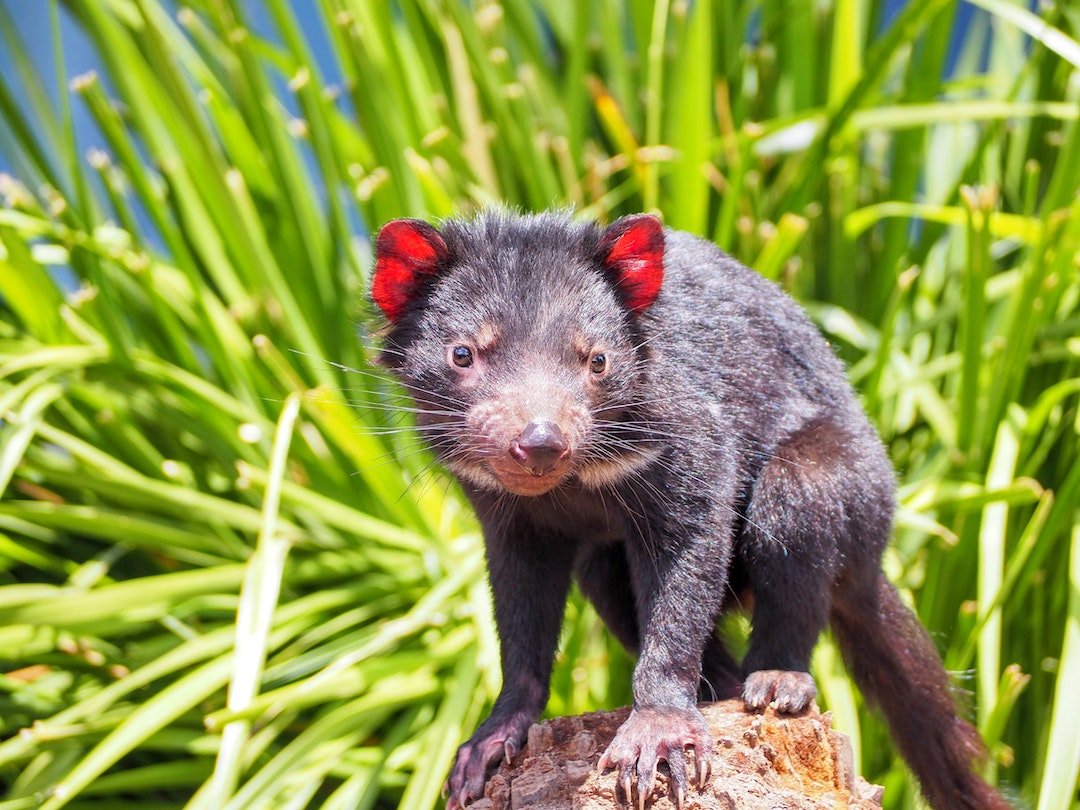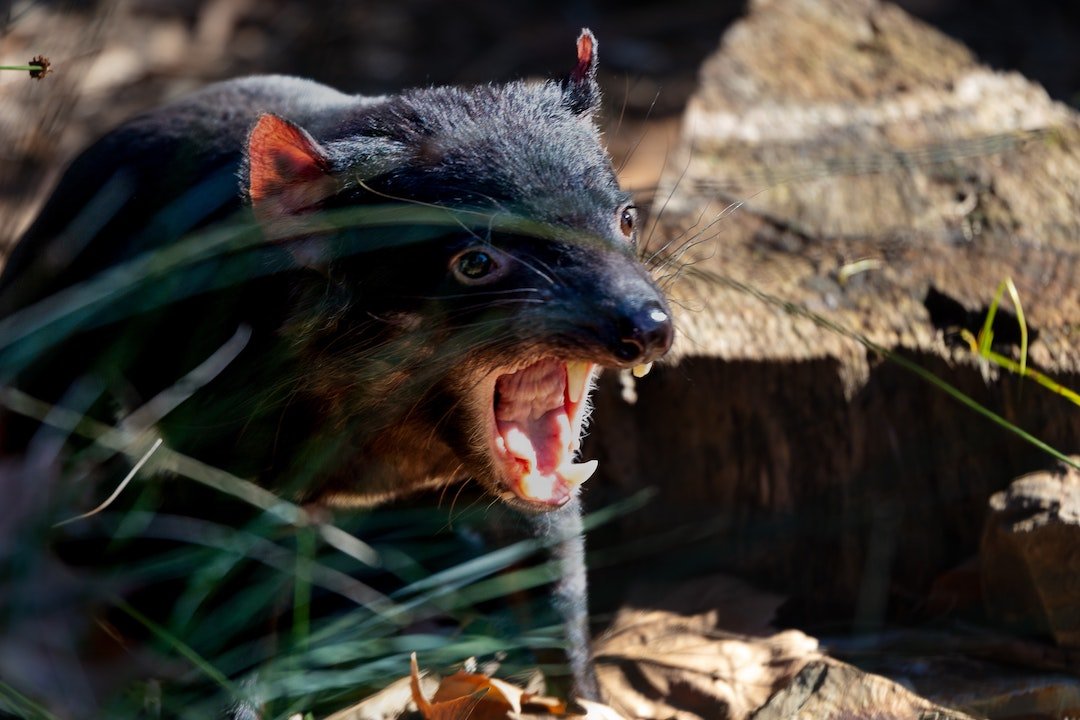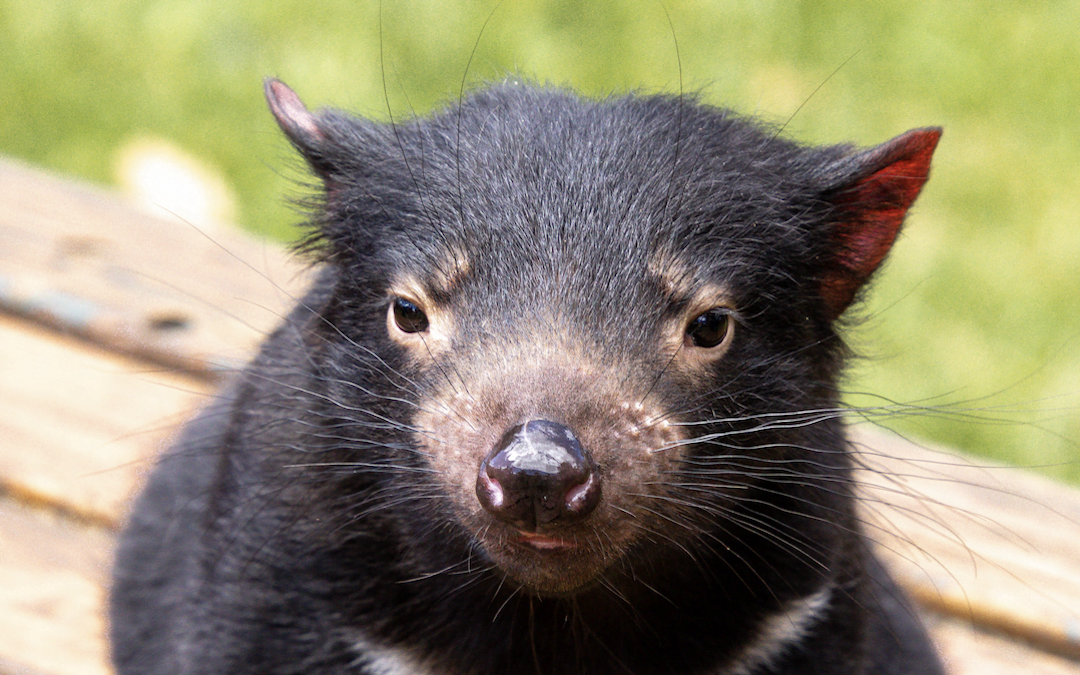Humans are changing the diet of Tasmanian devils, and it’s having consequences
A new study conducted by UNSW has revealed that human interaction with the landscape has forced Tasmanian devils to change their food source. As such, devils have vastly different access to food depending on their location.
According to Anna Lewis, a PhD candidate and lead author of the study, “we found Tasmanian devil populations had different levels of variation in their diet depending on their habitat.”
“The more that habitat was impacted by humans, the more restrictive the diet became.”
This message is further emphasised by Professor Tracy Rogers, an ecologist at the UNSW School of Science and senior author of the study. “How humans change the environment impact the animals within them.”
“Even small changes can have significant consequences for devils, so we need to be mindful of the consequences of our actions.”
But what exactly are these consequences? And why are Tasmanian devils facing an increased risk of extinction?

Dancing with the devil
Tasmanian devils are the world’s largest carnivorous marsupial. While they used to range across the Australian mainland, they were hunted during the 1800s as livestock-killing pests, and now only exist on the island of Tasmania.
These native animals are largely nocturnal, spending days in caves or burrows before emerging to hunt at night. Primarily, they eat smaller prey including birds, frogs, and mammals
In the 1940s, the Australian government declared the devils a protected species due to dwindling numbers. However, this has since been updated due to the emergence of the catastrophic Devil Facial Tumor Disease (DFTD), a highly contagious cancer that has already killed a large percentage of the Tasmanian Devil population.
Currently, they are listed as an endangered species, and efforts are being made to protect the dwindling population. But recent changes to their diet due to human intervention may be adding to the risk of extinction.

Examining the evidence
The UNSW study involved observing the diet of devil populations across Tasmania in a variety of habitats. This included landscapes with different levels of disturbance, from cleared pastures to untouched rainforests.
In order to collect this data, researchers analysed stable isotopes, chemical stamps found in whisker samples.
“It’s similar to how tree rings capture chemical signals about atmospheric elements over time. We’re doing the same thing with the devils, matching up the biochemical signatures in the whiskers to the prey so we can learn more about what the devils are eating,” says Professor Rogers.
The results of this study were surprising. They found that devils residing in human-effected environments preyed on similar food sources, primarily medium-sized mammals, while in more untouched areas, devils enjoyed a broader range of food. Similarly, experts suggest that devils in heavily altered areas experience less abundance and access, often turning to food provided by humans such as roadkill and litter.

Rolling with the results
Unfortunately, the study highlights how this reduced variation in diet is putting Tasmanian devils at an increased risk of extinction.
As devils in altered areas rely on the same food, they interact more often around carcasses, increasing the spread of DFTD. Already, DFTD has reduced local devil populations by around 82 percent, and it’s showing no signs of slowing.
“The highest rate of cancer transmission other than during mating season occurs when they’re feeding around these large carcasses,” says Anna Lewis. “So, there could be an increased chance for the disease to spread amongst devils, and the devils themselves are also at risk of being hit while feeding.”
In order to combat this terrible decline, researchers are emphasising the need to protect natural landscapes. Areas unaffected by humans have much higher rates of biodiversity, creating a healthier environment for all animals, whether they are predators or prey. It maintains the natural food chain and promotes an increase in native flora and fauna.
In the coming stages of research, the team aims to identify the eating habits of devils in grasslands, in order to support conservation across a variety of habitats.
“By better understanding what is impacting devil diets, we can work to protect this iconic Australian animal and ensure their continued survival in the face of ongoing environmental change,” says Anna Lewis.
If natural environments can be protected, there is hope for the future of Tasmanian devils.
To learn about other endangered animals, click here.

